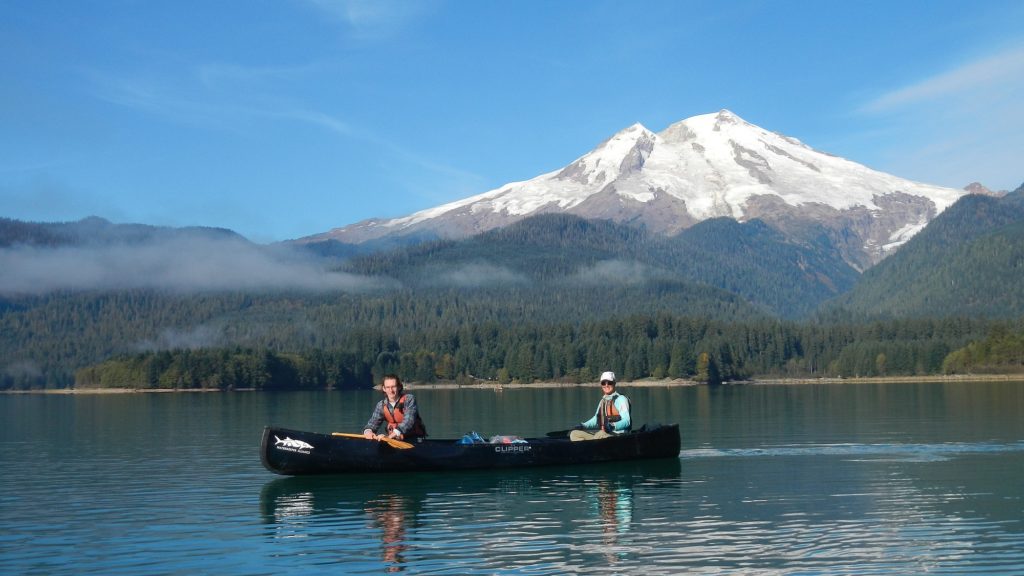A Phone Ringing Along Puget Sound Costs BNSF $75,000
By: Lesley Adams

In February 2014, North Sound Baykeeper Lee First, who patrols North Puget Sound, got a call from a concerned community member who noticed creosote railroad-ties had been dumped in a creek, and were leaching into the water. Be it the danger of oil trains or stormwater flowing from rail yards, First was familiar with pollution from railroads in and around her location in Bellingham, Washington.
Creosote is a coal-tar that is toxic to aquatic life, and is widely used on railroad-ties because it is a long-lasting wood preservative. The caller sent a few photos to First, who saw oil-stained water flowing from the creek toward the Nooksack River.
Within an hour of the call, First sent an online report to the Washington State Department of Ecology. She then investigated further by air with the help of a pilot friend. By land and air, she found hundreds, perhaps thousands, of freshly oiled creosote railroad ties lying partially in the water. Oily sheens were also spreading into Chuckanut Bay and Bellingham Bay. First took photos and submitted further reports to the Department of Ecology.
Her next step was to visit the railroad switchyard in downtown Bellingham, where piles of railroad-ties were dripping into a wetland after a rainstorm. She took more photos, and sent more reports.
The Department of Ecology investigated and submitted water quality samples to the state laboratory for testing. But, says First, “the wheels of government move slowly, especially when issuing fines to industry.” It was a year before the Department issued BNSF Railroad an $86,000 fine for water-quality violations. The company removed all the railroad-ties but appealed the fine. Ultimately, to avoid further legal action, it reached a settlement and agreed to pay $75,000, with $45,000 earmarked for restoration in the south fork of the Nooksack River or the nearshore marine environment in Whatcom or Skagit counties.
As part of the settlement, BNSF also agreed to obtain seasoned ties (free of dripping preservative) for future projects, to store new ties in areas less likely to contact flowing water, and to take measures to ensure that, during projects, ties do not roll down embankments into water.
Like all members of Waterkeeper Alliance, North Sound Baykeeper maintains a 24-hour pollution-reporting hotline. First has submitted more than 1,500 reports over the last nine years to the Washington State Department of Ecology, chronicling a variety of pollution violations.
“Yup. It’s what I do best,” she said with a smile. “Just sent a report of a wrecked stream-buffer on a salmon stream. I love stopping pollution.”
By Lesley Adams, Western Regional Coordinator